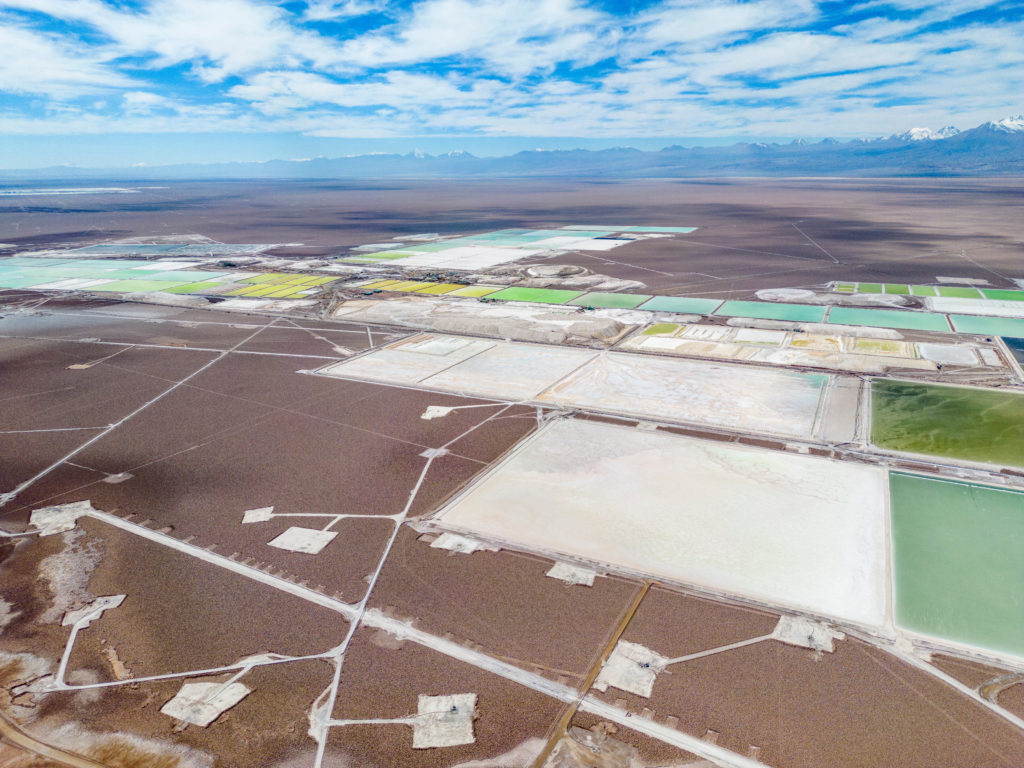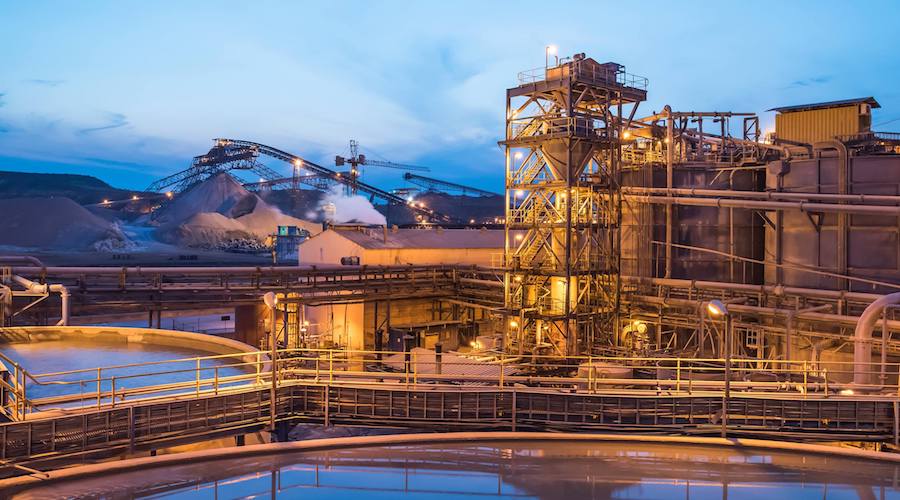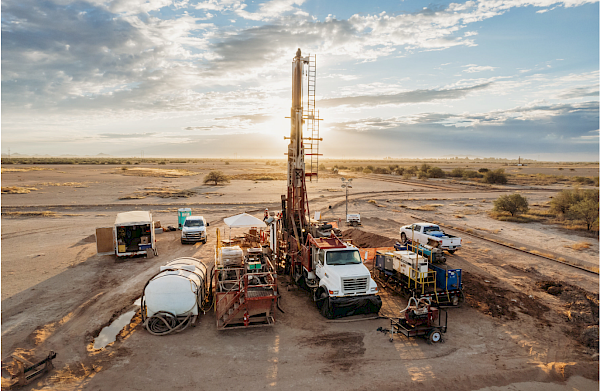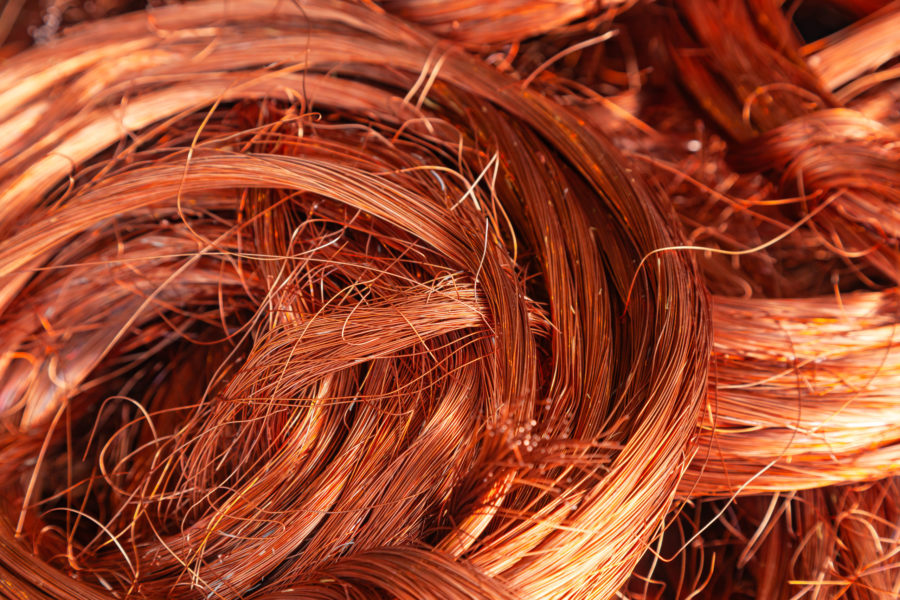Lithium lowdown: Week 3, 2024 roundup and analysis

A critical review of developments in the global lithium industry during the third week of 2024 and key takeaways by Chris Williams, Analyst at Adamas Intelligence.
Pilbara Minerals signs Ganfeng for additional 3-year offtake
Pilbara Minerals has executed an amendment to Ganfeng’s offtake agreement for spodumene concentrate out of the Pilgangoora mine in Western Australia.
The original offtake agreement signed in 2017 was for 160 ktpa of spodumene concentrate. The amendment adds an additional 150 ktpa in 2024, and 100-150 ktpa in 2025 and 2026.
The agreement follows a recent trip Pilbara management took to China, the first since January 2020.
Adamas take: It is possible there’s more than meets the eye with this agreement. Simple organic growth is plausible, however Ganfeng is ramping up supply from several projects it holds stakes in (i.e., Wodgina, Goulamina). With lithium prices back down to earth, the offtake from Pilbara could signal a de-risking of supply from these projects.
Ganfeng to up Goulamina stake to 60% net equity
Ganfeng announced this week that it intends to purchase an additional 5% equity interest in Mali Lithium, the holding company of the Goulamina Lithium Project, which is set to deliver first spodumene concentrate out of Mali this year.
$65M cash will be paid directly to Leo Lithium for the stake, which will reduce Leo’s interest in the project to 40% and raise Ganfeng’s stake to 60%, net of any Mali Government stake (to be determined). Leo states the funds are intended to cover a potential settlement payment with the Mali government.
In September 2023, Leo Lithium sold 5% of the project to Ganfeng for a comparable amount via a $137M JV funding contribution, for which Leo held 45%.
Leo Lithium remains in a trading halt as it negotiates the new Mali mining code and its application to the Goulamina Lithium Project.
Adamas take: Leo Lithium’s divestment is almost certain to destroy long term value but its necessity remains a reality of building a mine in Africa. Fortunately for them, Ganfeng is a willing buyer and the terms have not deteriorated in the past 4 months as Li prices have.
Hyundai Motors signs a lithium hydroxide supply agreement with Ganfeng
Following Hyundai’s first ever lithium hydroxide supply agreement executed two weeks ago with Chengxin Lithium, the company announced a second deal with Ganfeng this week.
The four-year deal will see Ganfeng supply lithium hydroxide from January 1, 2024, to December 31, 2027. The contracted volumes, value and associated terms of both deals were not disclosed.
Lithium hydroxide is a mainstay ingredient for the top South Korean automaker, which deploys high-nickel ternary batteries within its Hyundai and Kia branded EVs.
Adamas take: The relatively low cost of nickel and lithium makes it an opportune time to stockpile materials to de-risk future EV production and protect against potential input price volatility. Taking an optimistic perspective, Hyundai’s entrance into contracted supply deals for EV battery ingredients could also be seen a bullish signal to upstream suppliers.
Grounded Lithium executes strategic investment with Denison Mines
Uranium producer Denison Mines has signed a definitive agreement with Grounded Lithium to earn into its Kindersley oil field brine project in Saskatchewan, Canada.
A three-phase earn-in option with total consideration of C$15.1M could see Denison attain 75% of the project. Payments comprise of up to C$3.1M cash to Grounded Lithium and C$12.0M project expenditures.
In June 2023, Grounded Lithium released a PEA assessing the application of Koch Industries DLE on the low-grade brines of the Duperow formation, producing 11 ktpa of lithium hydroxide.
Adamas take: In a similar fashion to oil and gas companies which are participating in U.S. lithium projects, Denison’s experience in uranium in-situ recovery in Saskatchewan is likely a contributing factor to their foray into lithium brine here.
India signs deal to explore five blocks in Argentina’s Catamarca province
India’s KABIL, a joint venture of state-owned miners, has signed a deal with Catamarca state-owned CAMYEN to jointly explore for lithium.
The deal, worth $24M, affords KABIL exclusive exploration and exploitation rights over five blocks covering 15,703 Ha, in cooperation with CAMYEN.
KABIL was formed in 2019 to develop overseas sources of minerals strategic to the country. The deal is a first of its kind for India.
Adamas take: The deal marks a new beginning for India as it looks to build supply chain resilience in the electrification era. Not only does India gain a foothold on a potential resource, but it will also build technical experience in brine exploitation. This will most likely involve the steep learning curve of DLE technology. As such, it could be many years before any meaningful lithium units are produced.
LithiumBank announces updated Boardwalk project PEA results
LithiumBank this week announced an update to its June 2023 PEA for the Boardwalk oil field brine project in Alberta, Canada.
The study incorporates Go2Lithium continuous ion-exchange DLE technology that according to bench-scale testing yields 98% to produce a 3.24 g/L Li eluate in lithium sulphate.
The 34,000 tpa lithium hydroxide plant would operate over 20 years, costing $2.16B to build and $4,588/t LHM ($5,213/t LCE) to operate. The project’s indicated resource from the Leduc formation averages 71.6 mg/L Li concentration.
Using a flat price of $26,000/t LMH ($29,545/t LCE), the NPV8% comes in at US$2.31B post-tax, up 39% from the previous PEA.
Adamas take: Reagent costs are notoriously high for ion-exchange DLE, however, the incorporation of the novel continuous DLE technology out of Australia has reduced reagent costs from $3,689/t LHM to $1,089. The updated project is now more in line with competitors, though it remains a costly source of lithium units.
More News
{{ commodity.name }}
{{ post.title }}
{{ post.date }}




Comments